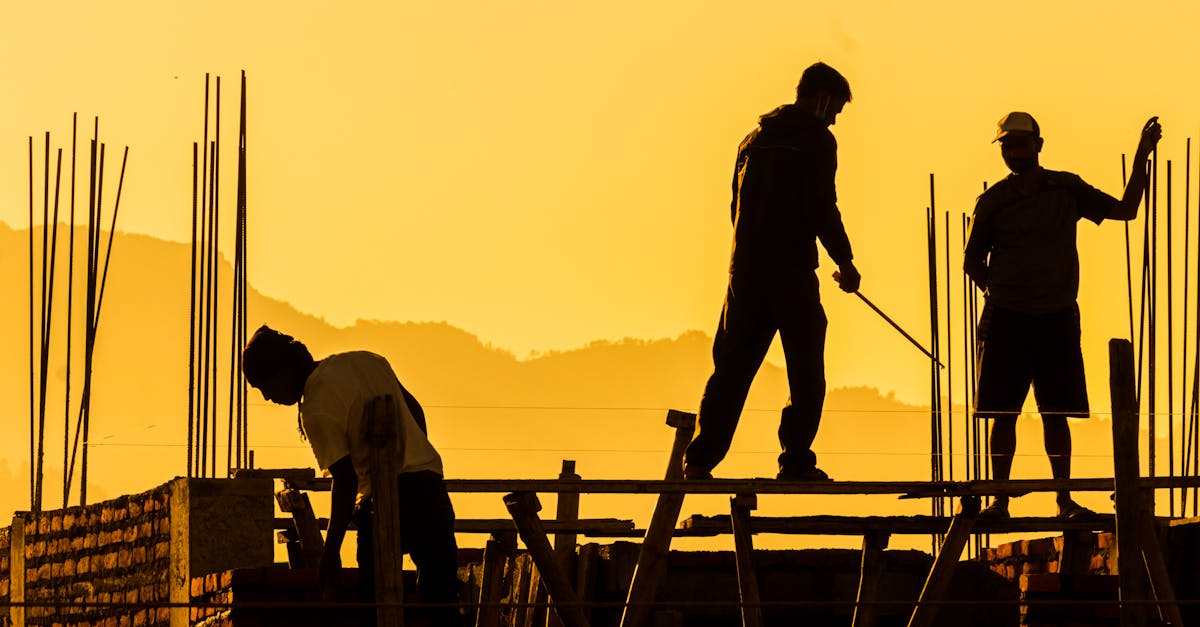
Passive House Natural Ventilation Techniques
Implementing Thermal Chimneys for Passive House Ventilation
When it comes to implementing thermal chimneys for passive house ventilation, it is crucial to consider the design and placement of these structures. Thermal chimneys work by creating a natural airflow through the house, allowing for both ventilation and temperature regulation. By strategically placing these chimneys in areas where hot air tends to accumulate, such as near windows or in areas with direct sunlight exposure, the passive house can benefit from enhanced ventilation and improved comfort levels.
ates. The natural processes of evapotranspiration and shading provided by green roofs contribute to maintaining comfortable indoor temperatures while decreasing the need for artificial cooling or heating systems.Table Of Contents
In addition to insulation benefits, green roofs also aid in reducing urban heat island effects by absorbing solar radiation and releasing it back into the atmosphere through evaporation. The cooling effect of green roofs not only benefits the building itself but also contributes to a more pleasant microclimate in urban areas. With proper design and maintenance, green roofs can play a significant role in improving energy efficiency and comfort levels in passive houses, aligning with sustainable building practices for a greener future.Incorporating Geothermal Heating in Passive House Designs
Understanding the impact of vegetated roofs on indoor comfort levels
Vegetated roofs, commonly known as green roofs, have a significant impact on indoor comfort levels within buildings. By adding a layer of vegetation on the roof, these green roofs provide natural insulation that helps regulate indoor temperatures. This insulation property contributes to maintaining a cooler environment during hot summer months and a warmer one in the winter.Maximising Energy Efficiency and Comfort
Moreover, green roofs aid in reducing the Urban Heat Island (UHI) effect in densely populated areas by absorbing and deflecting solar radiation. This not only benefits the building occupants by minimising heat gain but also contributes to overall environmental sustainability. By incorporating green roofs into the design of passive houses, architects and developers can create a more comfortable indoor environment while promoting eco-friendly practices.Rebates and Incentives for Geothermal Heating Systems
FAQS
What is the purpose of implementing thermal chimneys for passive house ventilation?Saving Money on Installation and Operation Costs
Implementing thermal chimneys helps to promote natural airflow within the passive house, enhancing ventilation and reducing the need for mechanical cooling systems.Overcoming Challenges in Implementing Geothermal Heating
How can shading devices assist in controlling solar heat gain in a passive house?
Shading devices such as external louvres and awnings can effectively block direct sunlight, preventing excessive heat gain and maintaining a comfortable indoor temperature in a passive house.Addressing Sitespecific Issues and Considerations
What are the benefits of utilising green roofs in a passive house for improved insulation and cooling?FAQS
Green roofs provide enhanced insulation properties, reducing heat transfer through the roof and improving cooling efficiency within the passive house. They also contribute to environmental sustainability and enhance the aesthetics of the building.
How do external louvres and awnings contribute to managing sunlight exposure in a passive house?What is a geothermal heating system?
External louvres and awnings are designed to block direct sunlight from entering the building, reducing solar heat gain and maintaining a cooler indoor environment without the need for excessive air conditioning.
What is the impact of vegetated roofs on indoor comfort levels in a passive house?How can geothermal heating be incorporated into passive house designs?
Vegetated roofs help regulate indoor temperatures by providing additional insulation and cooling effects, creating a more comfortable living environment while also promoting biodiversity and environmental sustainability.
Are there rebates and incentives available for installing geothermal heating systems in Australia?Related Links
Smart Controls for Passive House Heating and CoolingHow can homeowners save money on installation and operation costs with geothermal heating systems?One of the key benefits of incorporating geothermal heating systems in passive houses is the significant cost savings on both installation and operation. While the initial investment in a geothermal system may be higher compared to traditional heating systems, the long-term savings are substantial. Geothermal systems have lower maintenance requirements and can last for decades, reducing the need for frequent repairs or replacements.
Moreover, geothermal heating systems are highly energy-efficient, leading to lower operational costs over time. By harnessing the energy from the earth's natural warmth, homeowners can enjoy reduced utility bills without compromising on comfort. Additionally, with advancements in technology and increased demand for sustainable heating solutions, the overall cost of geothermal systems has become more competitive, making them a viable and cost-effective option for passive house designs.